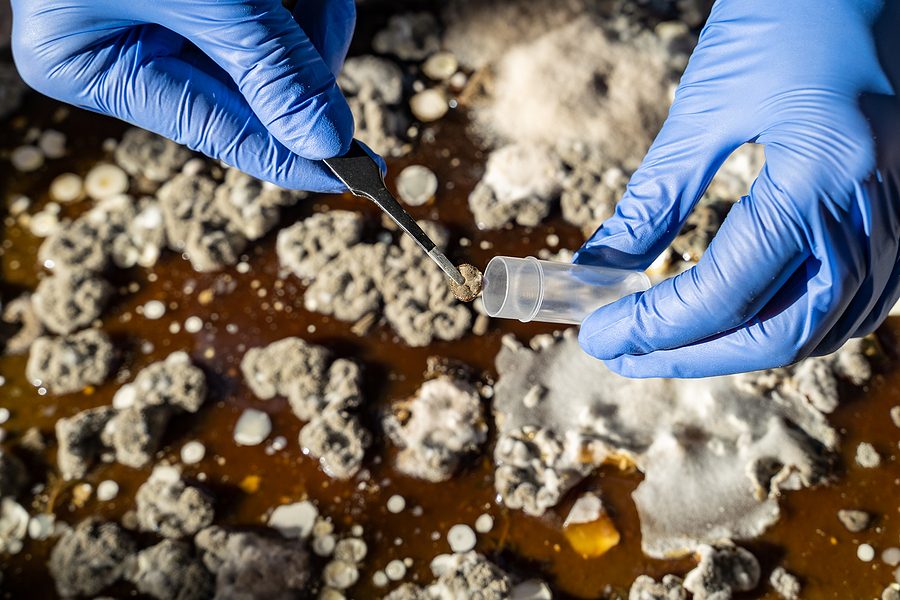
Mold toxicity presents in different ways depending on the individual exposed and the type of mold they are exposed to. Mold is more commonly linked to physical ailments, such as respiratory issues, fatigue, and headaches, but some research has shown that it can also present itself in a number of alarming psychiatric symptoms.
Mold is a biotoxin that releases toxic gas and spores into the air. When the toxins enter your body they disrupt many organs, and this can include your brain. Since the extent of harm psychologically can vary greatly depending on the extent of exposure, the type of mold toxins, and other existing health conditions, it’s important to know that professionals in this field are often required to determine the specific risks. Whether it’s physical or mental (or both) exposure to toxic mold is a serious matter. As mold toxins accumulate in the body, they wreak havoc long after exposure.
Children can be especially vulnerable to negative effects from exposure.
If a child is exposed to toxic black mold, they are at risk for developing problematic neurological conditions. The trichothecene mycotoxins kill off neurons impairing brain function. Mood swings are just one of the conditions caused by black mold exposure. While many children exhibit symptoms like outbursts and moodiness without any mold exposure, mold-based illness is often underdiagnosed and can manifest in many different ways, including symptoms that are exclusively psychiatric.
Unfortunately, not enough is known about psychiatric symptoms related to mold due to a lack of research. There is a good bit of solid research and evidence that the central nervous system is affected negatively by exposure.
So you suspect mold is present, now what?
Suspecting mold exposure in your work or home environment can understandably result in panic. Knowing some warning signs and what proactive measures to take if you suspect mold is present can help ease the stress and reduce risk.
Mold growth typically starts through water damage.
The rise in recent decades of construction materials that can hold moisture, like drywall, means more people are now being exposed to toxic mold. Drywall is a recent addition that wasn’t used until the 1940s, so most homes built this century are now prone to mold. Additionally, central AC and heat in buildings and homes mean that there is less ventilation. Mold requires a damp and dark environment to grow and with less fresh air, the toxic mold gasses don’t filter out.
Addressing any known problem areas where there’s been a plumbing repair or water damage will go a long way to prevent mold growth. Also knowing not all mold spores are toxic is important to note. Most homeowners and business owners don’t have the equipment to determine what type of mold they’re dealing with. Some mold may be nearly impossible to see and may even be odorless. For these reasons, it’s advisable to bring in a trusted, experienced specialist to evaluate and advise further.
At SanAir Technologies Laboratory we offer state of the art testing. Our experienced professionals are here to make sure the samples we collect are carefully handled to ensure accurate and dependable results. If you have any questions or want more information on our testing, you can call us toll-free at (888) 895-1177.












